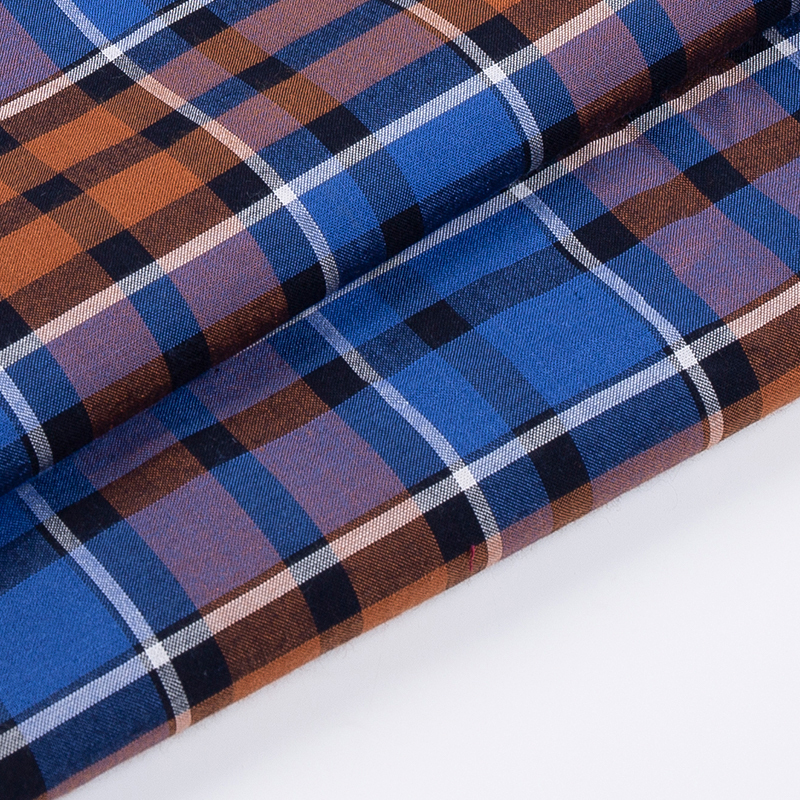Rayon, often regarded as a versatile and affordable alternative to natural fibers like cotton and silk, boasts a range of desirable qualities. Its softness, breathability, and beautiful drape make it a popular choice in the fashion and textile industries. However, the production of rayon fabric is not without its ecological footprint, raising important questions about sustainability and responsible sourcing.
One of the primary environmental concerns associated with rayon fabric is the sourcing of its raw materials. Rayon is derived from cellulose, typically extracted from wood pulp. This process often involves logging in forests, which can lead to deforestation and loss of biodiversity. As more manufacturers seek to meet the rising demand for rayon, the pressure on forests increases, especially in regions where illegal logging practices may occur. To mitigate these risks, sourcing rayon from suppliers who adhere to sustainable forestry practices is vital. Certification programs like the Forest Stewardship Council (FSC) provide a framework to ensure that wood used in rayon production comes from responsibly managed forests. By prioritizing FSC-certified materials, companies can play a pivotal role in preserving vital ecosystems and promoting sustainable resource use.
Another significant aspect of rayon production that deserves attention is the chemical processes involved in its manufacturing. Traditional rayon production utilizes hazardous chemicals, including carbon disulfide, which poses risks to both environmental and human health. Efforts to minimize these dangers have led to innovations such as the lyocell process, which uses a closed-loop system that recycles water and solvents, drastically reducing chemical waste. This more environmentally friendly approach not only lessens the fabric’s ecological footprint but also enhances the safety of workers in rayon manufacturing facilities. Therefore, when sourcing rayon, it’s crucial to inquire about the production methods employed by suppliers and to prefer those that prioritize sustainable practices and worker safety.
Water usage is another critical consideration in the sourcing of rayon fabric. The production of rayon, especially through the traditional viscose method, requires substantial amounts of water. This poses challenges in regions where water scarcity is a pressing issue. Brands committed to sustainability should seek to partner with manufacturers who implement water conservation measures, such as recycling wastewater and improving efficiency in water use. By choosing suppliers who actively reduce water consumption, companies can significantly lessen the overall impact of rayon production on local water resources.

Additionally, the lifecycle of rayon fabric must be considered. While rayon can be a more affordable option in the short term, its longevity and potential for biodegradability can significantly influence its overall environmental impact. For instance, rayon fabrics, especially when blended with synthetic fibers, may not break down as easily as pure natural fibers, contributing to landfill waste. This highlights the importance of sourcing practices that promote not just initial production sustainability but also end-of-life considerations. Brands should advocate for circular fashion initiatives that encourage recycling and responsible disposal of rayon garments, further mitigating their environmental impact.
While rayon fabric offers numerous benefits in terms of comfort and versatility, sourcing it responsibly requires a comprehensive understanding of its environmental implications. From ensuring sustainable sourcing of raw materials and embracing eco-friendly production processes to being mindful of water usage and promoting circular practices, there are many avenues to explore. By taking these considerations into account, brands and consumers can make informed choices that not only support their immediate textile needs but also contribute positively to the planet’s health. Embracing sustainable practices in rayon sourcing isn’t just a trend; it’s an essential step toward a more responsible and environmentally conscious textile industry.



 English
English Español
Español Oct 24,2024
Oct 24,2024














 +86-519-86503571
+86-519-86503571
 Phone: +86-13218666905
Phone: +86-13218666905 Tel: +86-0519-86503571
Tel: +86-0519-86503571 Fax: +86-0519-86508551
Fax: +86-0519-86508551 E-mail:
E-mail: 